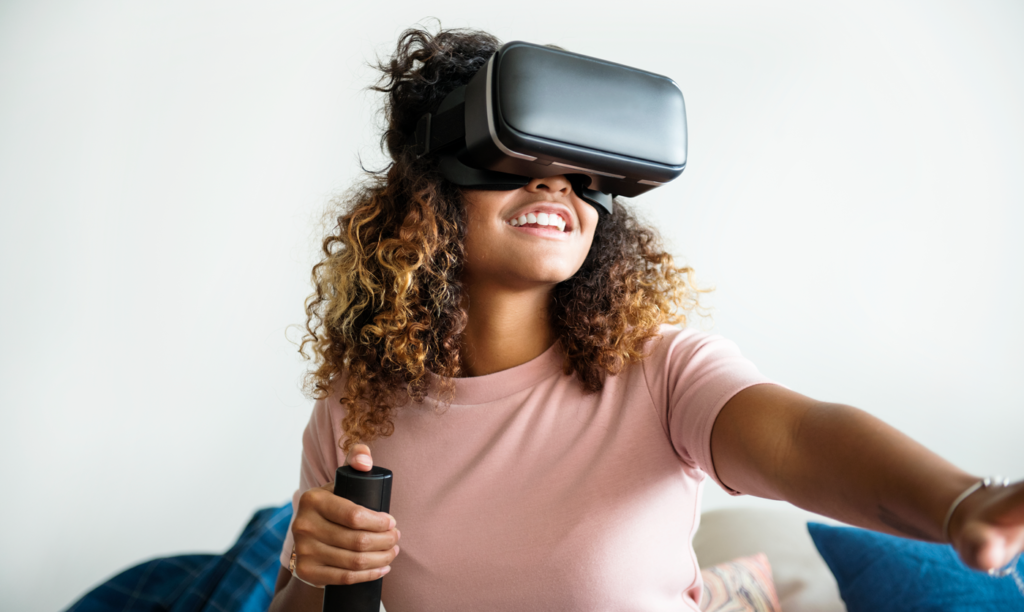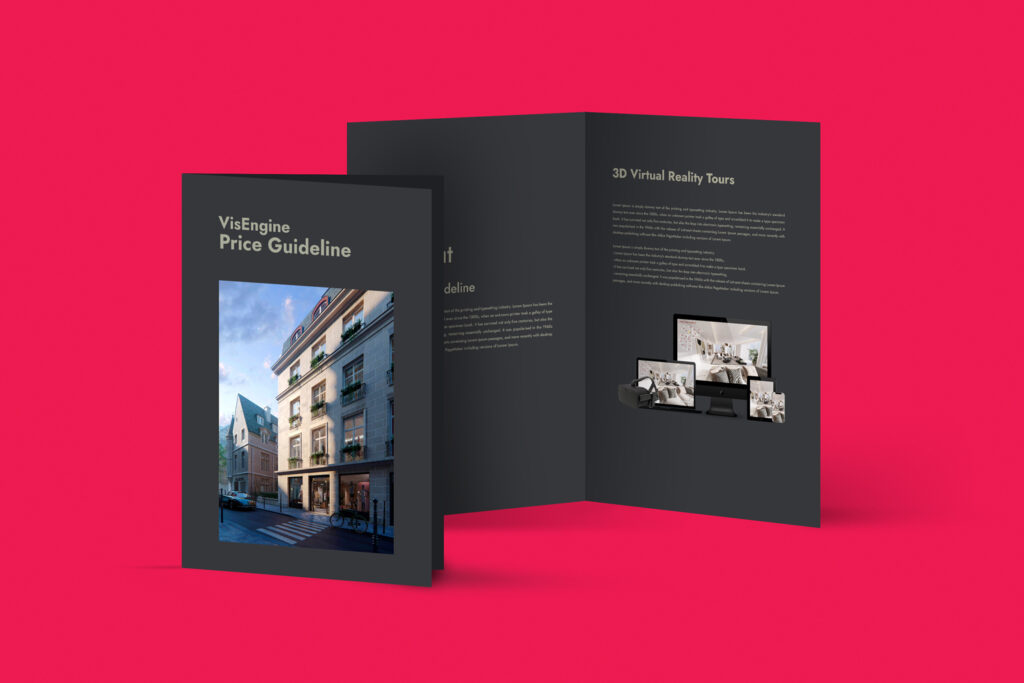Virtual Reality Trends 2020
Here are some of the latest Virtual Reality trends that you need to be aware of in 2020 for your own personal experience or business:
1. VR in Training and Teaching
Education is one of the top virtual reality trends right now and it as being used in various industries such as military, healthcare, engineering, firefighting, piloting, and so on. Virtual Reality allows the user to train in a completely safe virtual world without any possible risks or hazards neither to the user nor to the training environment. It also allows us to study distantly and even accomplish group study with students from all over the world. Read Top 10 Virtual Reality Trends for 2022.

Here are just few samples of latest developments in Virtual Reality in education sphere:
1) Walmart announced that it is using 17,000 Oculus Go headsets to train its employees in skills ranging from compliance to customer service.
2) Osso VR – a surgical VR training platform that is being used by thousands of surgeons around the world.
3) The innovative Airbus VR Flight Trainer will first be used in the Airbus training centers from the second half of 2020, with the aim to make it an integral part of the Airbus type rating curriculum “Airbus’ VR flight training.
4) Linde is a company that supplies industrial gases, which means it is delivering hazardous chemicals to thousands of locations day in and day out. Some of the gases are highly flammable while others might be kept at extremely cold temperatures that would instantly freeze any exposed skin. How do you train new drivers without risking injury or death from the training itself? The answer, of course, is VR training.
As VR and AR both continue to prove their value at reducing risk and cost associated with training and it is likely we will see an increasingly rapid pace of adoption in various industries involving work with expensive tools and equipment, or hazardous conditions, throughout the next years.
2. VR in Travel and Tourism
VR Traveling is a new way of traveling and possibly a future of virtual reality. Especially with a current situation and borders being closed VR travel is in the trend like never before. Always dreamed of visiting Paris, Tokyo, or New York? – You can do it all now sitting on your couch in the complete immersive 360-degree virtual reality world. It is also commonly used before traveling in order to explore the destination. You can also visit your hotel room and cruise ship rooms along with the future destination.
Apart from checking your room, you can also have a street view, check the venues, and restaurants nearby. With this virtual tour, you can decide whether the destination you have picked for yourself is good or not.
Some companies have taken the use of VR a step even further, offering an entire booking process and user interface that can be experienced through a VR headset. Effectively, this replaces the need to use a traditional PC, or touch screen, in order to make a hotel or flight booking.
When integrated with other uses for virtual reality, this can create a much more unique and interactive booking experience, where the user is able to explore various rooms and facilities in a hotel, compare and contrast room types, check out local sights, and seek out key information or facts, all in the same place.
At last, if you feel nostalgic you can also come back to the places you have been before or visit your previous house.
3. VR Gaming
Virtual Reality trends definitely didn’t miss the gaming industry. VR gaming its rather new in comparison to PC and console gaming, however, it grows fast with its unique features and various benefits. Unlike the usual gaming Virtual Reality provides a much more interactive experience and gives more freedom of action inside the game. Modern VR technologies like Tesla Suit, haptic gloves, and VR walking platforms can transfer most of the body movements into VR and even allows the user to experience the sensation, temperature, or a smell in a game. It also gives more opportunities to interact with objects in a VR world making it more entertaining.
Recently one of the virtual reality innovations – stand-alone headsets hit the shelves, mainly by HTC Vive and Oculus Quest. Confident that their users will now be unrestricted by cables or low-powered displays, VR developers will create more realistic and accurate simulations of our real world within their virtual worlds. This will mean more immersive entertainment experiences and a great level of realism within VR gaming industry.
As well as being mobile, the new generation of headsets improves the technology powering the virtual experience, by including additional features such as eyeball-tracking and increased field-of-view.
3. VR in Real Estate
Virtual Reality in real estate is the next big thing after web based 360 tours. It is widely used in the international market for mostly off-plan developments for real estate customers to be able to “walk” inside their future houses and interact with objects.
Buying property for personal needs or business requires a lot of time and patience. It gets even tougher when the property and the customer are geographically distant and requires preparation before customers visit to the property. Virtual reality has the potential to save time and money for real estate preview, by visiting realty remotely making the task easier for real estate agent and the customer. Any modern VR headset is capable of demonstrating such real estate virtual tours. That could be guided tours in 360-video format or interactive tours with free navigation.
Some of the Benefits of Virtual Reality in Real Estate are:
- Time saving. Time is the most valuable asset. Thanks to VR, the search and review of a new property can become a faster process. With virtual tours, there is no need to spend days and hours arranging meetings and visiting properties. Both buyers and realtors can simply use VR headset in the office or at home anytime visiting all the available properties at one place.
- Saving money. At first, Virtual Reality seems expensive, especially virtual tours with quality graphics and commercial features. But expenses prove to be worth profiting from saving on advertising materials (printed and online), and on property staging. Real interior design, delivery, and placement of furniture can be substituted by 3D models, reusable for different locations. It also saves the costs for customers as they are not required to travel to the properties.
- Creating engagement. Unlike 2D print visualization, virtual tours provide immersion and realistic presence feel. There’s no rush, only freedom of exploration and movement for a viewer. Viewing pictures or videos is nothing like moving by yourself from one room to another and it also creates a feeling of an ownership.
- Online access. Virtual Reality eliminates distances. That’s why since first VR tours were created the realtors started to expand their client base to international level. The world is more cosmopolitan today and virtual reality can impact the global offer and demand in real estate.
It’s vastly used in international exhibitions and developers’ experience centers and offers a unique brand new journey for potential customers. It also saves a lot of time for customers and real estate agents as they can showcase all their units just with one VR device without the need to visit and prepare all the showrooms.
Cost vs Value in VR
Cost vs Value is one of the major problems for adapting VR technology around the globe but thankfully it is one of the VR trends now. In the previous years, you had to obtain the expensive gear in addition to the VR device to run it on. The prices for the whole set were more 2000 USD which is rather expensive for a common user. However, with recent launches of standalone headsets like Oculus Quest or HP Reverb, everyone can experience VR for nearly 500 USD which is great progress. In addition, VR headsets and controllers are becoming more comfortable and sophisticated narrowing the gaps between cost vs value for virtual reality.
With the advancements that have been made in the industry, costs have plummeted while quality has skyrocketed, giving end-users much more value. This is something that is expected to continue in the future.
Get in Touch
Drop us a line or give us a ring. We love to hear from you!




